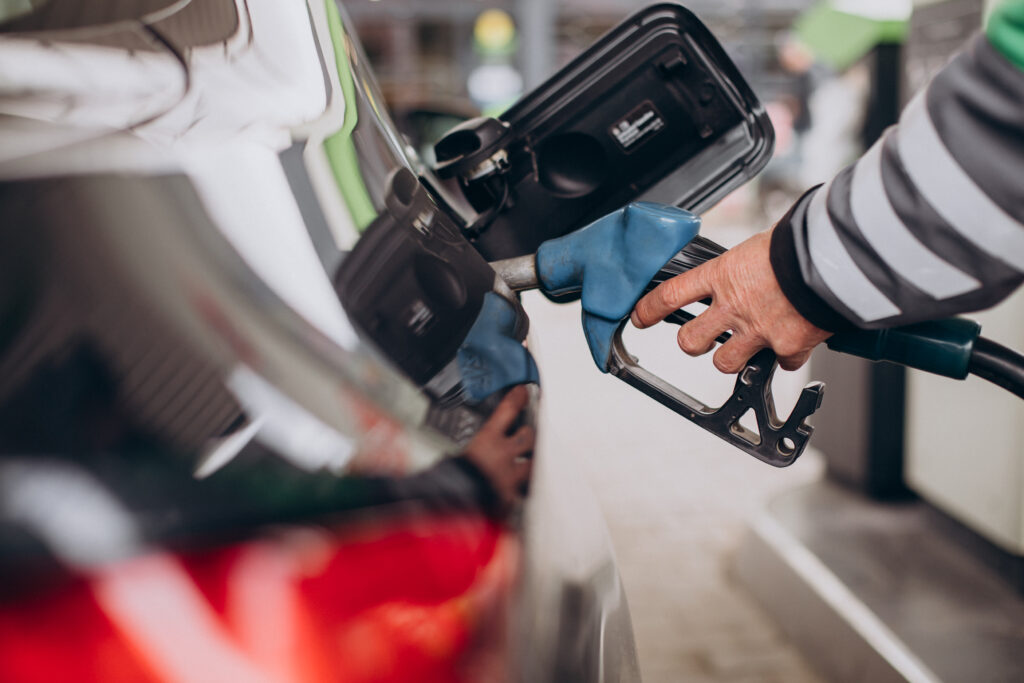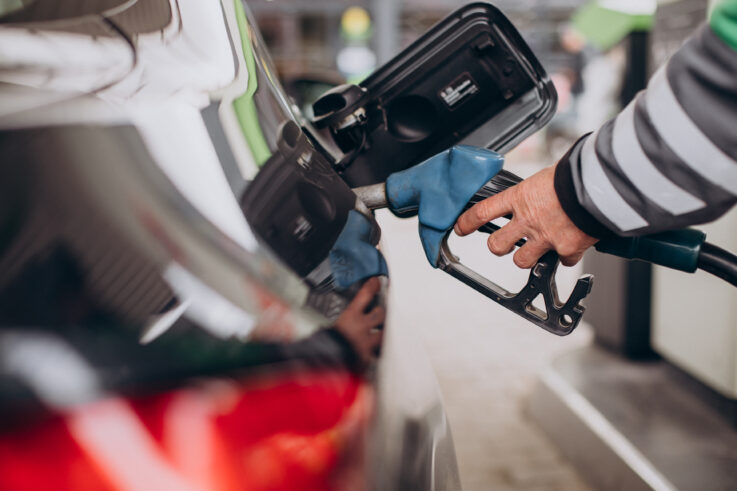
In an age where environmental concerns and fluctuating fuel prices are at the forefront of global discussions, enhancing fuel efficiency in cars has become paramount. As the demand for eco-friendly and cost-effective transportation grows, automobile manufacturers are continuously exploring innovative techniques and technologies to improve mileage. In this article, we delve into the various strategies employed to make cars more fuel-efficient, contributing to both economic savings and a greener planet.
**1. *Lightweight Materials:*
One of the fundamental approaches to improving fuel efficiency is reducing the weight of vehicles. Lightweight materials, such as high-strength steel, aluminum, and carbon fiber, are being increasingly utilized in car manufacturing. Lighter vehicles require less energy to operate, leading to improved fuel economy and reduced emissions.
**2. *Efficient Engines:*
Advancements in internal combustion engine technology have led to the creation of highly efficient engines. Direct fuel injection, turbocharging, and variable valve timing are among the techniques employed to enhance engine performance and optimize fuel consumption. Smaller, more powerful engines can deliver comparable or even superior power while consuming less fuel.
**3. *Aerodynamic Design:*
Streamlining the exterior design of cars reduces air resistance, allowing vehicles to move more efficiently through the air. Automakers invest heavily in wind tunnel testing and computer simulations to design cars with reduced drag coefficients. From curved body shapes to retractable spoilers, these aerodynamic improvements contribute significantly to fuel efficiency, particularly at high speeds.
**4. *Start-Stop Systems:*
Modern cars are equipped with start-stop systems that automatically shut off the engine when the vehicle comes to a stop, such as at traffic lights or in heavy traffic. When the driver presses the accelerator, the engine restarts. This feature prevents unnecessary fuel consumption and emissions, especially during idle periods.
**5. *Continuously Variable Transmissions (CVTs):*
CVTs provide a seamless transition between gears, ensuring the engine operates at its most efficient RPM (Revolutions Per Minute) range. Unlike traditional automatic transmissions with fixed gears, CVTs can adjust to various driving conditions, optimizing fuel efficiency and delivering a smoother driving experience.
**6. *Hybrid and Electric Technologies:*
Hybrid vehicles combine internal combustion engines with electric motors, allowing the car to switch between power sources based on driving conditions. Similarly, fully electric vehicles operate solely on electric power. Both technologies significantly reduce or completely eliminate the need for traditional gasoline, leading to substantial fuel savings and minimal environmental impact.
**7. *Tire Technology:*
Specialized low-rolling-resistance tires reduce the friction between the tire and the road, requiring less energy to move the vehicle forward. Proper tire inflation also plays a crucial role in fuel efficiency. Underinflated tires create more rolling resistance, decreasing mileage, and increasing fuel consumption.
**8. *Advanced Vehicle Telematics:*
Modern cars are equipped with advanced telematics systems that provide real-time feedback to drivers regarding their driving habits. These systems offer suggestions for more fuel-efficient driving, encouraging practices like smooth acceleration, consistent speed, and timely maintenance, all of which contribute to better mileage.
In conclusion, the pursuit of fuel efficiency in cars is not just a technological challenge but a collective commitment toward a sustainable future. As advancements in materials, engine technology, and alternative fuels continue to shape the automotive industry, the dream of environmentally friendly, cost-effective, and energy-efficient transportation is becoming a reality. By embracing these techniques and technologies, we pave the way for a cleaner, greener, and more economical journey ahead.



